Multigrain Sourdough Bread
5.0
(6)
Your folders
Your folders
Prep Time: 30 minutes
Cook Time: 45 minutes
Total: 1575 minutes
Servings: 16

Ingredients
Export 6 ingredients for grocery delivery
Instructions
Step 1
Mix together ripe/active sourdough starter with all-purpose or bread flour and water. Cover loosely and let sit 3-4 hours at 78-80°F until doubled, bubbly & peaked.Note: If you have a ripe, bubbly, active sourdough starter that is fed equal parts flour and water – it can be substituted for the levain in this recipe.
Step 2
Mix Multigrain Cereal: About 30 minutes to an hour before the levain is ripe and active, mix together the multigrain cereal and boiling water. Stir together and set aside to thicken and cool. You may need to stir the mixture every 5-10 minutes to release the steam and encourage it to cool.
Step 3
Mix Dough: To a large bowl, mix together ripe levain, multigrain cereal, water, brown sugar, salt, bread flour and whole wheat flour until a wet and sticky dough forms and the ingredients are fully combined. Cover and let rest for 30 minutes.
Step 4
Stretch and Folds: After the dough has rested, you will perform a series of “stretch and folds” over the next 1 1/2 hours. The goal is to strengthen the dough through a gentle kneading process. To “stretch and fold,” wet your hand (so it doesn’t stick to the dough). Reach around the dough down to the bottom of the bowl, pull the dough up and over and place it on top of the dough. Turn the bowl a quarter turn and repeat the stretch and fold. Turn another quarter turn and repeat. Perform one more quarter turn, stretching and folding the dough. Cover and set aside. Take note of how the dough feels through this process. It will go from feeling a little shaggy to smooth and elastic. Cover the bowl and wait about 30 minutes in between stretch and folds.
Step 5
Stretch and fold #1: 30 minutes into bulk fermentationStretch and fold #2: 30 minutes later, the dough will spread out. Stretch and fold again.Stretch and fold #3: 30 minutes later, stretch and fold again.Stretch and fold #4: 30 minutes later, stretch and fold again. You should notice the dough feeling more cohesive and strong during this stretch and fold and not needing very much folding to come together. If your dough still feels loose, add in another couple stretch and folds to help strengthen and tighten the gluten strands.
Step 6
Rest: Cover the dough and let rise for 1.5-2 more hours. You’ll know the dough is ready to shape when the dough is puffed up, jiggles when you shake the bowl and has scattered bubbles visible on the sides and top.
Step 7
Pre-shape: Tip the bowl upside down, allowing the dough to fall onto a clean counter surface. Be gentle to avoid degassing the dough as much as possible. Wet your hands and the bench knife if needed and push the bench knife under the dough on one side and your free hand on the other side to tuck the dough under itself. The goal is to introduce some tension into the dough. Repeat this process, going around in a circle until you have a ball of dough.
Step 8
Bench Rest: Let the dough rest uncovered for about 30 minutes at room temperature. The dough will flatten a little as it sits. This allows the gluten in the dough to relax and prepares the dough to be shaped.
Step 9
Shaping: Prepare a bowl or banneton. Place a kitchen towel or hair net in the bowl and liberally flour as needed. Sprinkle a little flour or multigrain cereal (for a rustic look) on top of the dough. Using a bench knife, lift the dough up off the counter and place it on top of the countertop – floured side down. This ensures that the flour is staying mainly on the outside of the dough. Going around in a circle, pull the dough sideways towards you and then fold up to the top of the round. Move 90 degrees and repeat the same process pulling the dough sideways and then folding up to the top. As you continue this process around the dough, increase the tension as you pull. Gather the bread into a circle and place into a lined bowl.Note: It is possible to shape the dough without any extra flour. The dough can stick to the kitchen towel but doesn't stick to the hair nets if cold proofed.
Step 10
Cold Fermentation: Cover the dough with the tea towel/shower cap/plastic wrap and refrigerate overnight or up to 14-20 hours. If you want to bake the same day, you can let the dough rise for about 3-4 hours until puffed up and risen. Then bake according to recipe directions.
Step 11
Preheat the oven: Put a Dutch oven (top and all) into the oven and preheat to 500°F for 30 minutes. You are working with very high temperatures, so make sure you have some good hot pads. Once preheated for 30 minutes, pull the loaf out of the refrigerator. Remove the covering. Place a piece of parchment paper on top of the dough. Flip the dough over so it is now sitting on the parchment paper. Take off the bowl/banneton and the kitchen towel.
Step 12
Scoring: Use a very sharp knife or bread lame to score the dough. Take the bread lame and score on one side of the dough, at a shallow angle about 30º and 1 inch deep. Score straight from the refrigerator on the cold dough for best results.
Step 13
Baking: Carefully remove the Dutch oven from the 500°F oven. Take the lid off and place your bread into the Dutch oven (including parchment paper – this helps with the transfer). Put the lid on and put back in the oven. Lower the temperature to 450°F and bake for 25 minutes. After 25 minutes, take the lid off the Dutch oven and continue baking for 20 minutes until the bread is a crackly deep brown. Remove the Dutch oven and let bread cool. Enjoy!
Top similar recipes
Curated for youYour folders
 88 views
88 viewsMultigrain Sourdough Bread
amybakesbread.com
Your folders
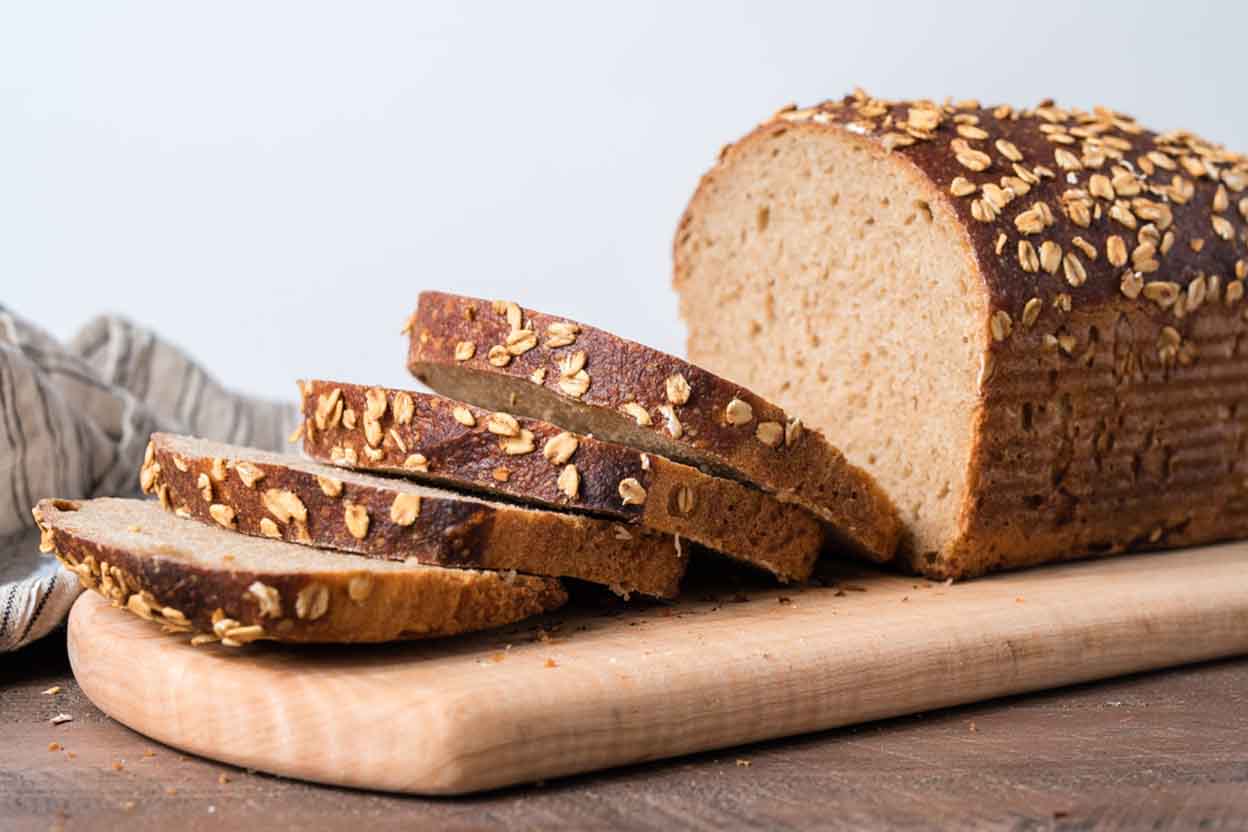
 282 views
282 viewsMultigrain Sourdough Sandwich Bread
kingarthurbaking.com
4.4
(47)
1 hours
Your folders

 827 views
827 viewsSeeded Multigrain Sourdough Bread
vanillaandbean.com
5.0
(58)
50 minutes
Your folders
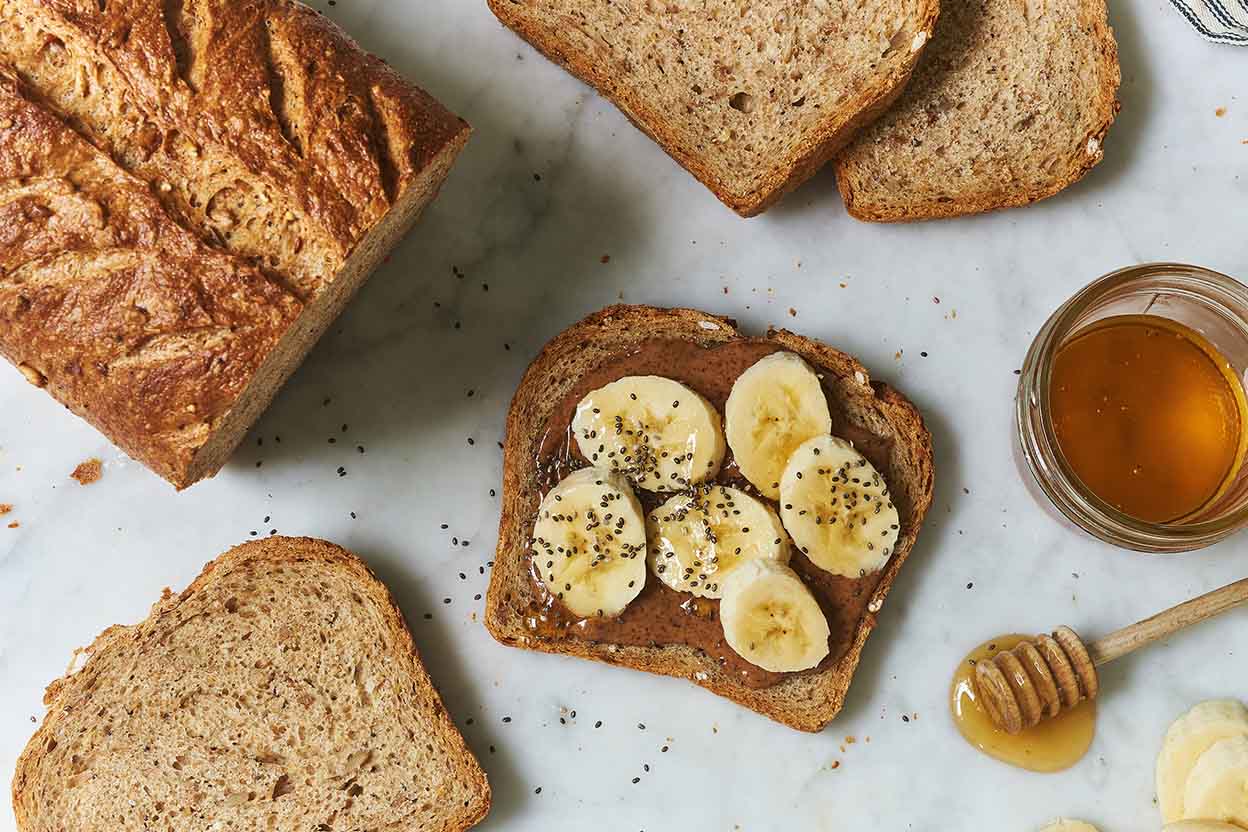
 492 views
492 viewsSeeded Multigrain Sourdough Bread
kingarthurbaking.com
4.7
(16)
32 minutes
Your folders
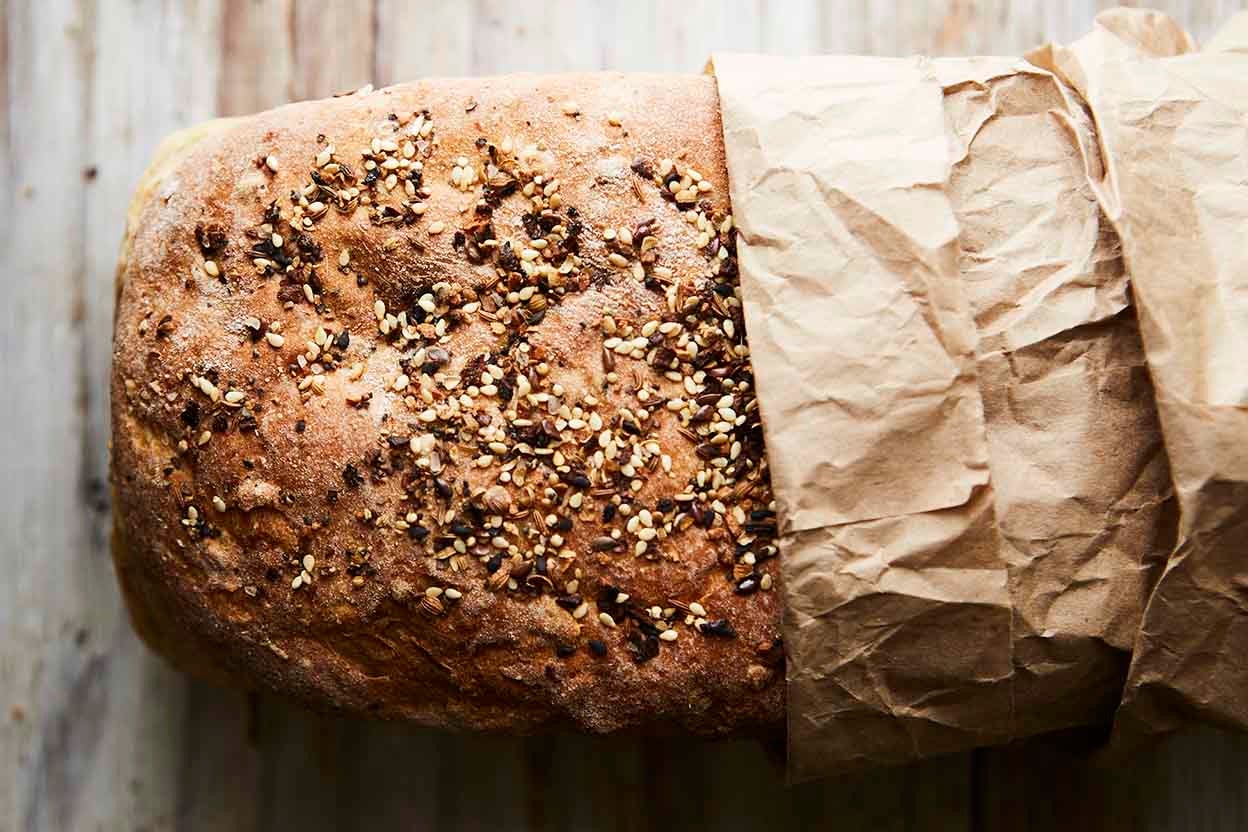
 600 views
600 viewsClay's Multigrain Sourdough Sandwic...
kingarthurbaking.com
4.6
(139)
35 minutes
Your folders
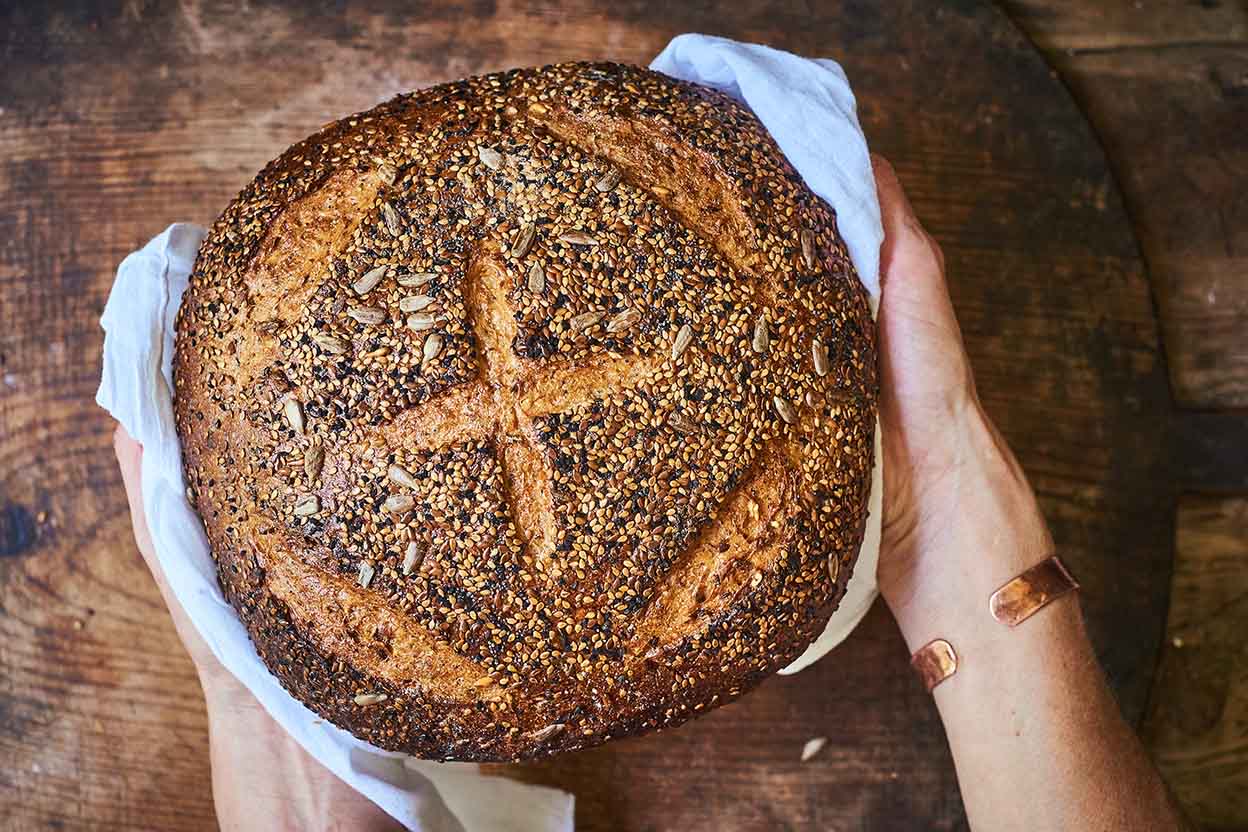
 392 views
392 viewsMultigrain Sourdough Boule
kingarthurbaking.com
4.6
(151)
55 minutes
Your folders
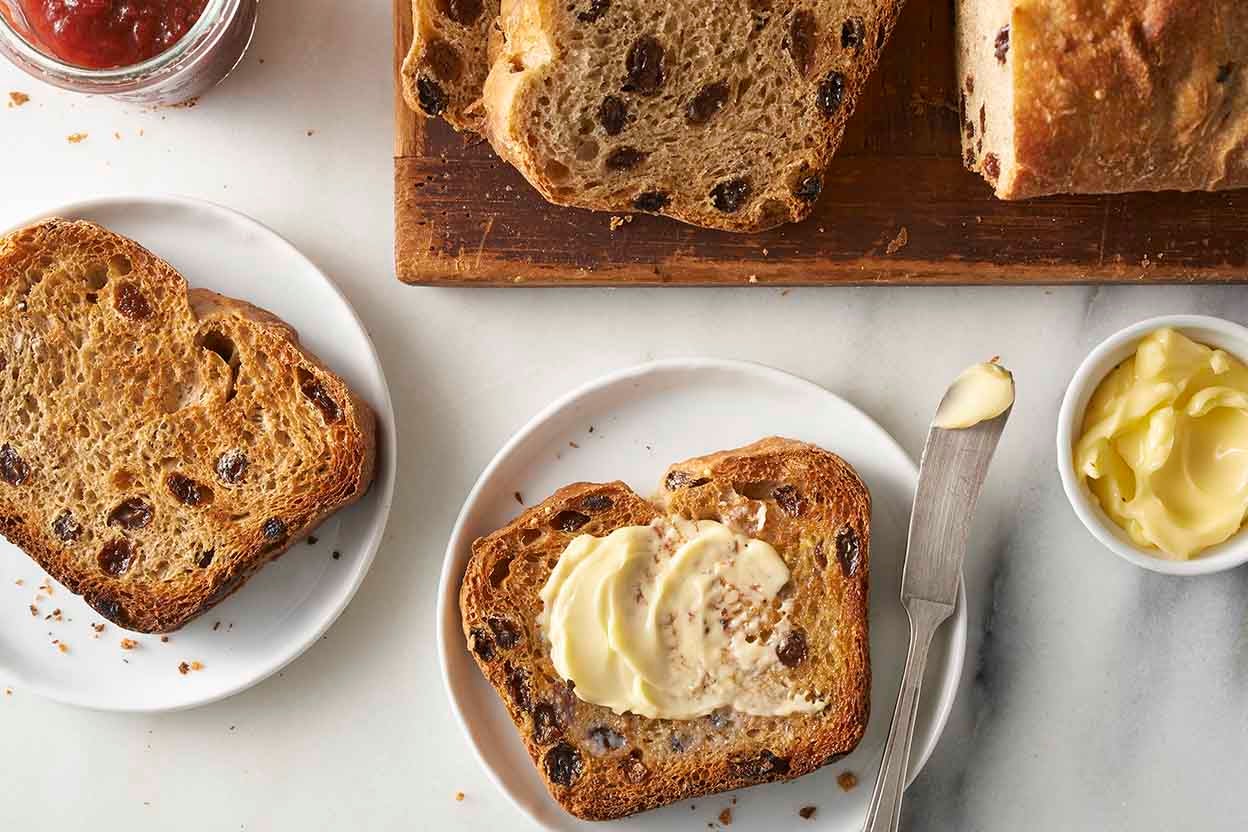
 344 views
344 viewsMultigrain Raisin Sourdough
kingarthurbaking.com
4.8
(36)
45 minutes
Your folders

 718 views
718 viewsMultigrain Bread
completelydelicious.com
45 minutes
Your folders

 821 views
821 viewsMultigrain Bread
acouplecooks.com
3.9
(110)
35 minutes
Your folders

 417 views
417 viewsMultigrain Bread
marthastewart.com
3.8
(94)
Your folders
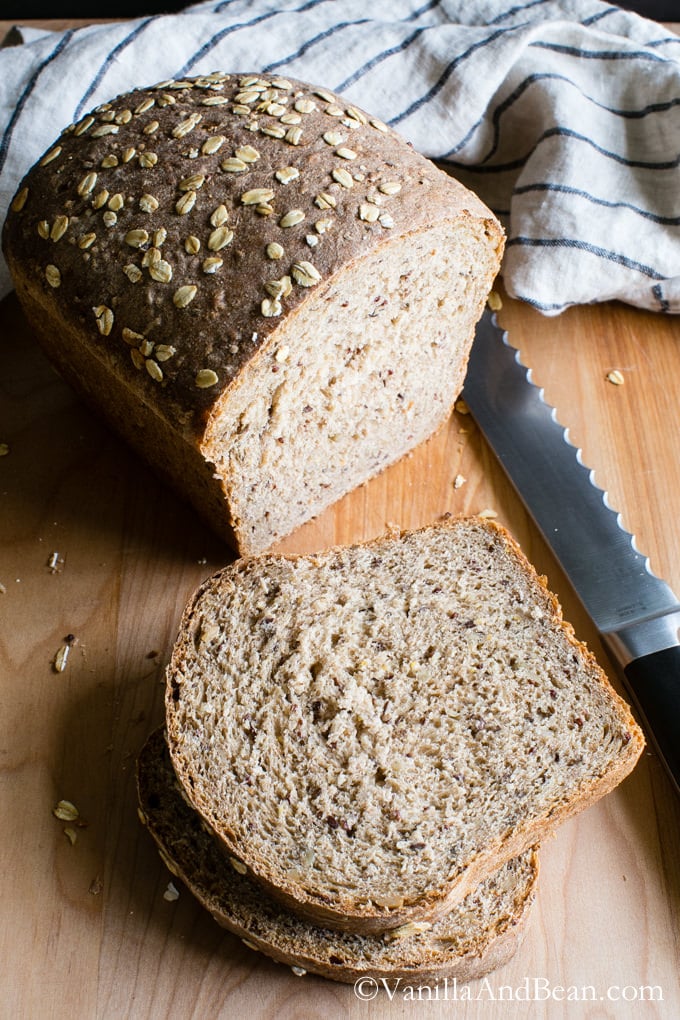
 597 views
597 viewsMultigrain Bread
vanillaandbean.com
4.9
(31)
60 minutes
Your folders

 272 views
272 viewsEasy Multigrain Sourdough Recipe
pantrymama.com
45 minutes
Your folders

 617 views
617 viewsBread Machine Multigrain Bread
tasteofhome.com
3.0
(1)
3 hours
Your folders
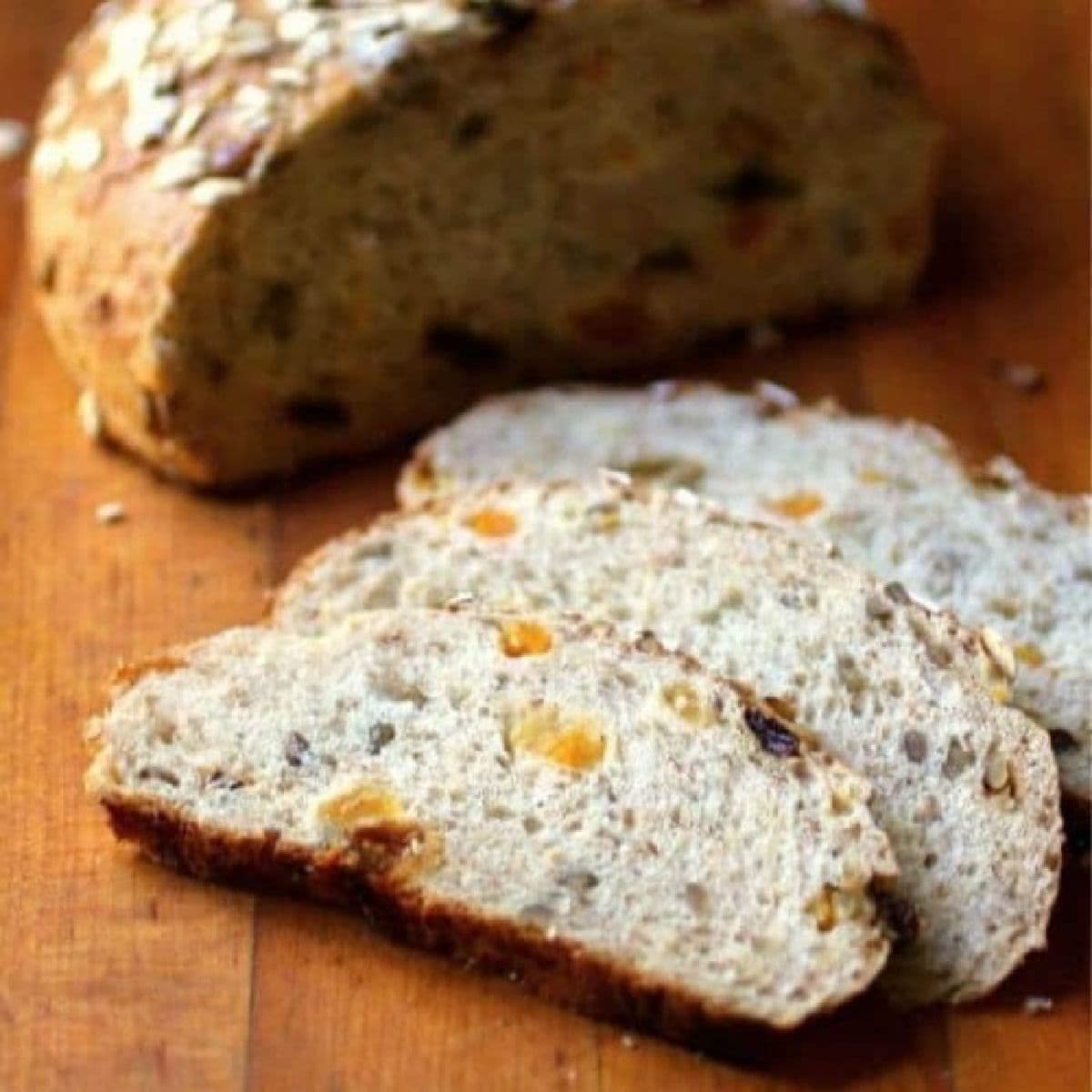
 715 views
715 viewsMultigrain Muesli Bread
restlesschipotle.com
5.0
(10)
60 minutes
Your folders

 476 views
476 viewsMultigrain Bread Recipe
ihearteating.com
5.0
(51)
30 minutes
Your folders

 501 views
501 viewsMultigrain Bread Recipe
ihearteating.com
5.0
(51)
30 minutes
Your folders

 325 views
325 viewsMultigrain Seed Bread
cooking.nytimes.com
4.0
(33)
Your folders
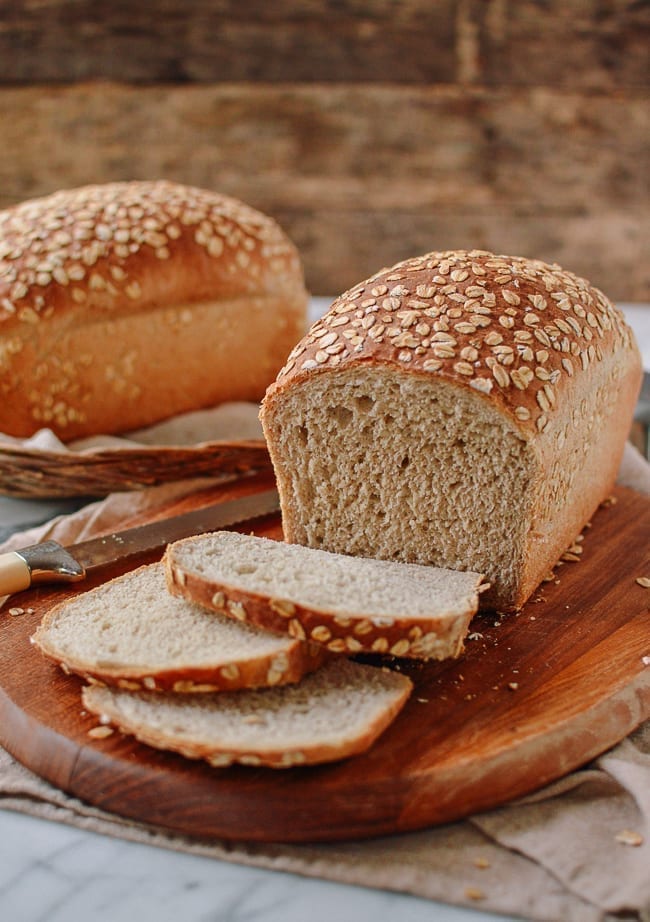
 640 views
640 viewsHomemade Multigrain Bread
thewoksoflife.com
5.0
(40)
35 minutes
Your folders
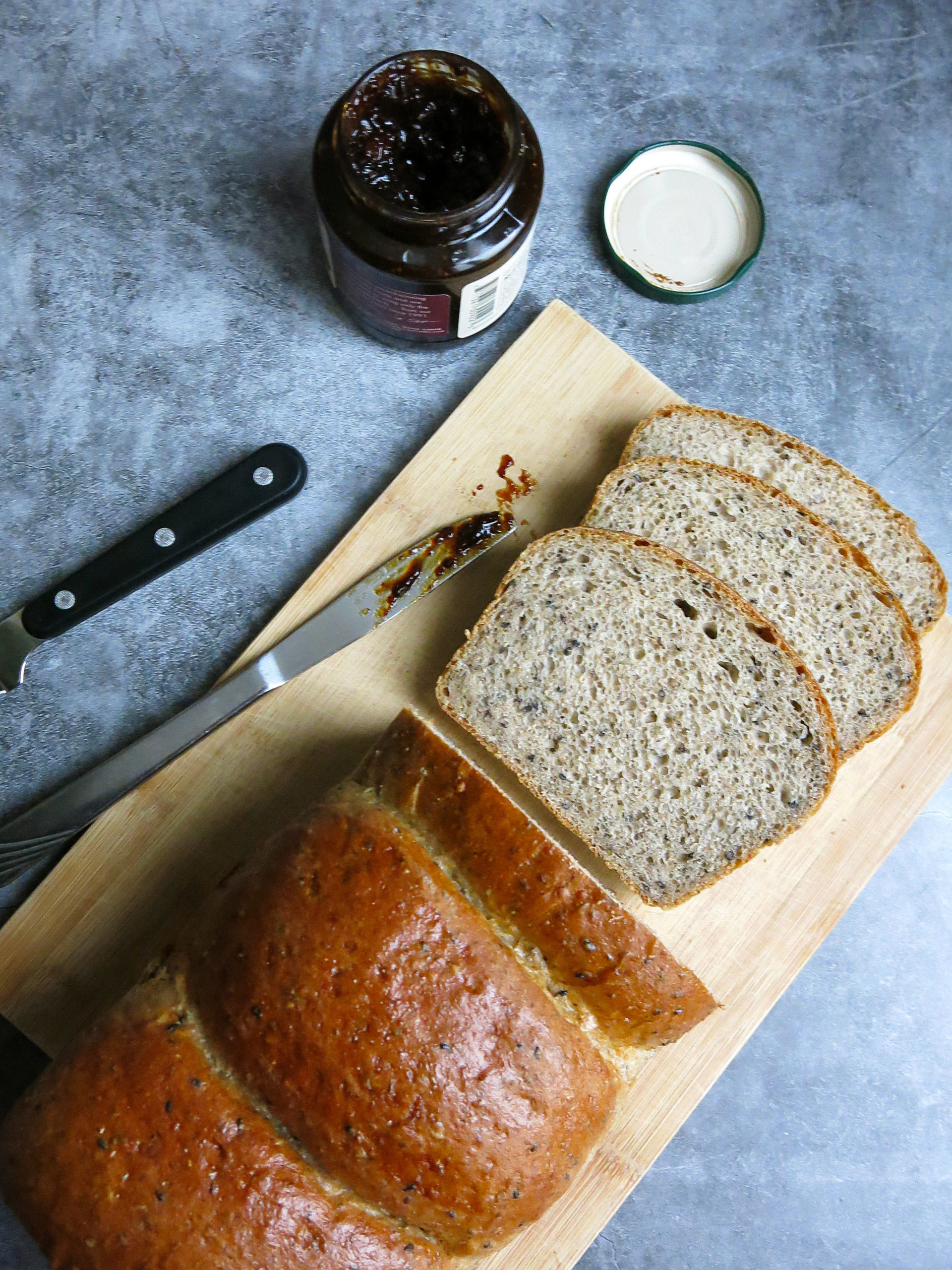
 350 views
350 viewsMultigrain Tangzhong Bread
olivesandlamb.com
5.0
(1)